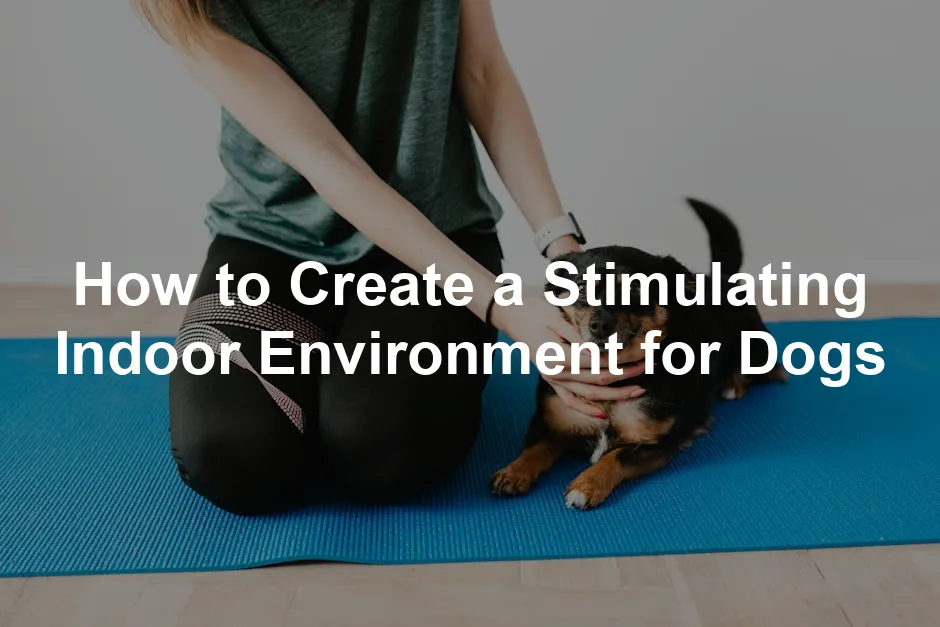Introduction
Creating a stimulating indoor environment for dogs is essential for their happiness. Dogs, like humans, need mental and physical challenges to thrive. A well-rounded indoor space keeps them engaged and reduces unwanted behaviors. When dogs are mentally stimulated, they tend to be happier and healthier, leading to a more harmonious home.
However, keeping dogs entertained indoors can be tricky. Bad weather, busy schedules, or limited space can all contribute to boredom. It’s not easy to channel their energy when outdoor play isn’t an option. But fear not! With a little creativity, you can transform your home into a dog-friendly paradise. Let’s explore how to meet your furry friend’s needs right at home.
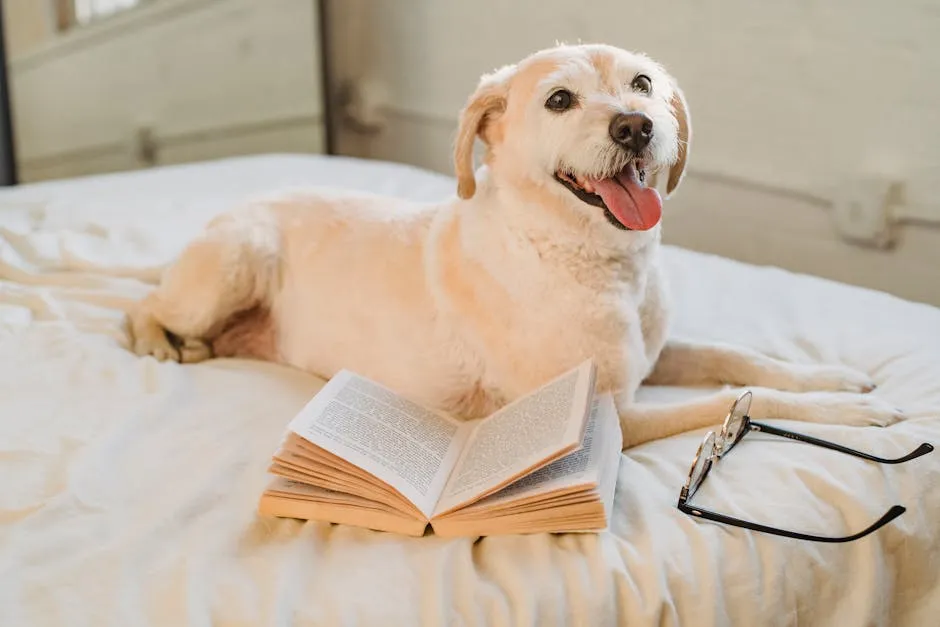
Understanding Your Dog’s Needs
Factors to Consider
Breed and Size: Different breeds have specific energy levels. A Border Collie might need more activity than a laid-back Basset Hound. Understanding your dog’s breed helps you tailor activities that suit their needs. Large breeds require more space, while smaller ones can thrive in cozy corners.
Age and Energy Level: Puppies are bundles of energy! They need constant stimulation and supervision. Adult dogs usually settle into a rhythm, needing balanced mental and physical activities. Senior dogs may require gentler, low-impact games, considering their joint health.
Health Conditions: Dogs with health issues need special attention. If your pup has mobility challenges, choose activities that accommodate their comfort level. Always consult your vet for guidance on suitable enriching activities.
By considering breed, age, and health, you can create an engaging and safe environment tailored to your dog’s unique needs. This thoughtful approach fosters a happier, healthier pup. When your dog is mentally and physically stimulated, you’ll notice a positive change in their behavior and overall demeanor.
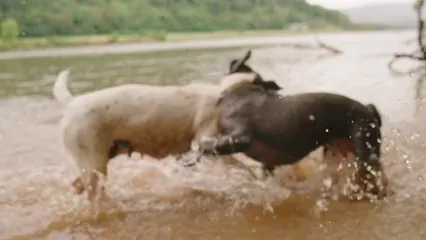
Indoor Enrichment Ideas
Creating a stimulating indoor environment for dogs is vital to their happiness and well-being. Here are some exciting ways to engage your furry friend through sensory stimulation, mental puzzles, and physical exercise.
Sensory Stimulation
Engaging all five senses—sight, sound, smell, touch, and taste—creates a rich sensory experience for dogs. This kind of stimulation is essential for keeping them happy and mentally active.
Interactive Toys with Varying Textures
These toys come in different shapes and surfaces. Some are soft, while others are chewy or crinkly. By encouraging your dog to explore these textures, you provide both tactile and visual stimulation. It’s like a pet spa day, minus the fluffy towels! Consider the Outward Hound Hide-A-Squirrel Puzzle Toy to stimulate your pup’s natural instincts and keep them entertained for hours!
Scent-Based Games
Dogs have an incredible sense of smell. You can harness this power with scent games. Hide treats around the house and let your pup sniff them out. Create mini scent trails with kibble or special treats. Watching your dog use their nose is pure joy—who knew they could channel their inner canine detective?
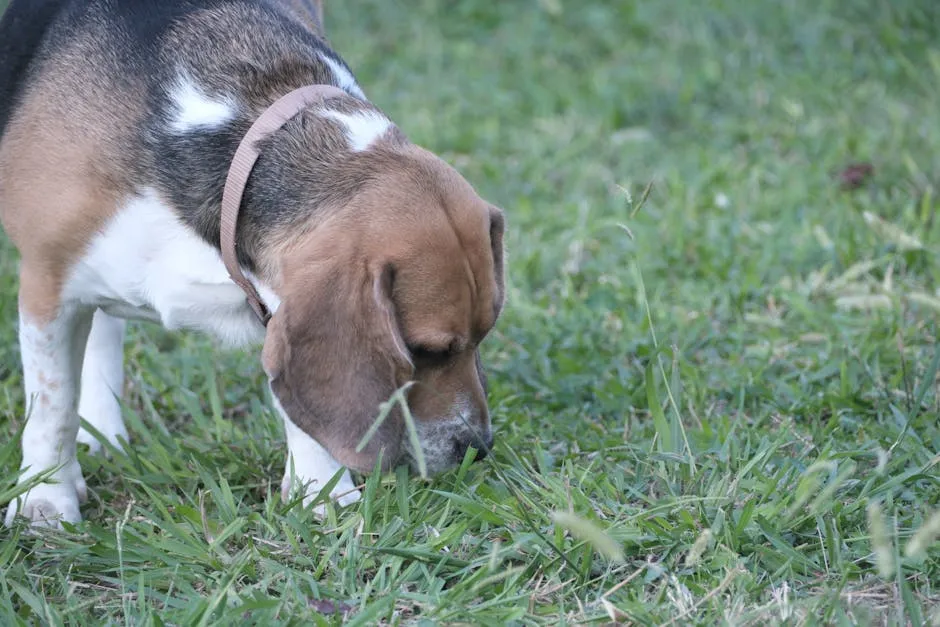
Mental Puzzles
Mental stimulation is just as important as physical activity. Keeping your dog’s mind sharp helps prevent boredom and destructive behaviors. Try the Nina Ottosson by Outward Hound Dog Twister Puzzle Toy for a fun and engaging way to keep your dog’s brain active.
Puzzle Feeders
These clever contraptions turn mealtime into a fun challenge. Puzzle feeders require dogs to think and work for their food. They push, pull, and nudge until they access their kibble. Not only does this keep them busy, but it also slows down their eating. Consider the Dog Puzzle Feeder Bowl to elevate mealtime to a fun-filled activity!
Hide-and-Seek Games with Treats
Another fantastic way to engage your dog mentally is through hide-and-seek with treats. Hide a few goodies around your home and encourage your dog to find them. This game activates their natural instincts to search and sniff, providing a rewarding mental workout. Plus, it’s a great way to see just how clever your pup can be!
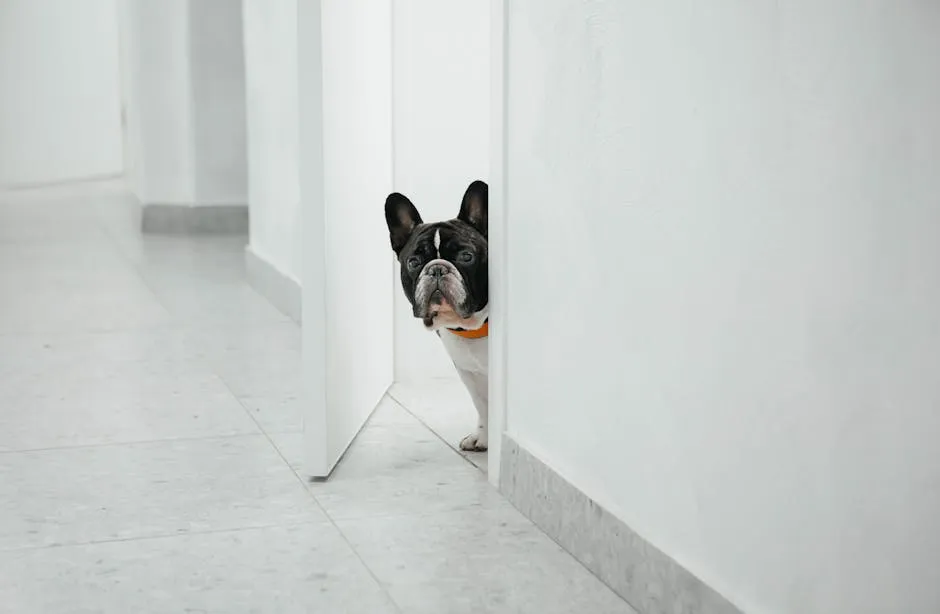
Physical Exercise
Even indoors, physical activity is crucial for your dog’s health. Keeping their bodies active helps manage their energy levels and prevents obesity. You can use the Dog Agility Equipment Set to create a fun and engaging course that will keep them on their toes!
DIY Obstacle Courses
Use household items to create a mini obstacle course. Chairs, pillows, and broomsticks can become hurdles. Encourage your dog to weave through or jump over these objects. It’s a fun way to keep them moving and agile. Who needs agility classes when you have creativity?
Games Like Tug-of-War and Fetch in Small Spaces
These classic games are perfect for burning off energy indoors. Tug-of-war strengthens your bond and provides a great workout. Just be sure to let your dog win occasionally—everyone loves a victory lap! If space permits, a short game of fetch can also work wonders. Use soft toys to keep your home safe from any accidental damage. For added fun, grab a Chuckit! Ultra Ball Dog Toy for an exciting game of fetch!
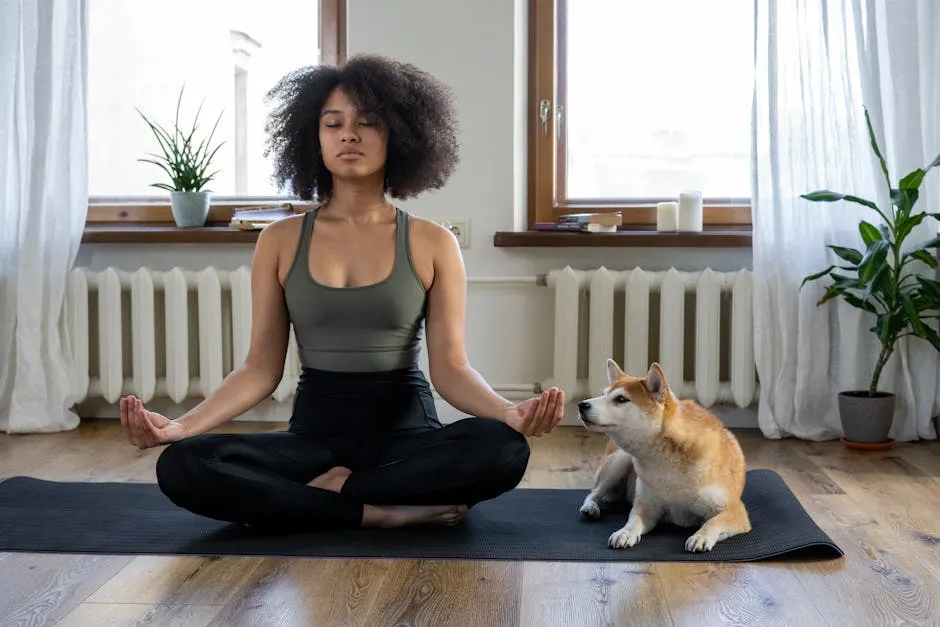
Creating a Dog-Friendly Home
Environmental Enrichment
A stimulating indoor environment is vital for your dog’s happiness. Dogs thrive in diverse settings that satisfy their natural curiosity. A rich environment can prevent boredom and reduce destructive behaviors. It’s like giving your dog a little playground right at home!
Create Different Zones for Exploration
Why stick to one boring area? Designate various zones in your house for exploration. For instance, a cozy reading nook can become a snuggle spot, while a hallway can serve as a mini obstacle course. Use furniture to create mazes or paths for your pup to navigate. Not only does this engage their minds, but it also keeps their bodies active. You might even find your furry friend inventing their own games!
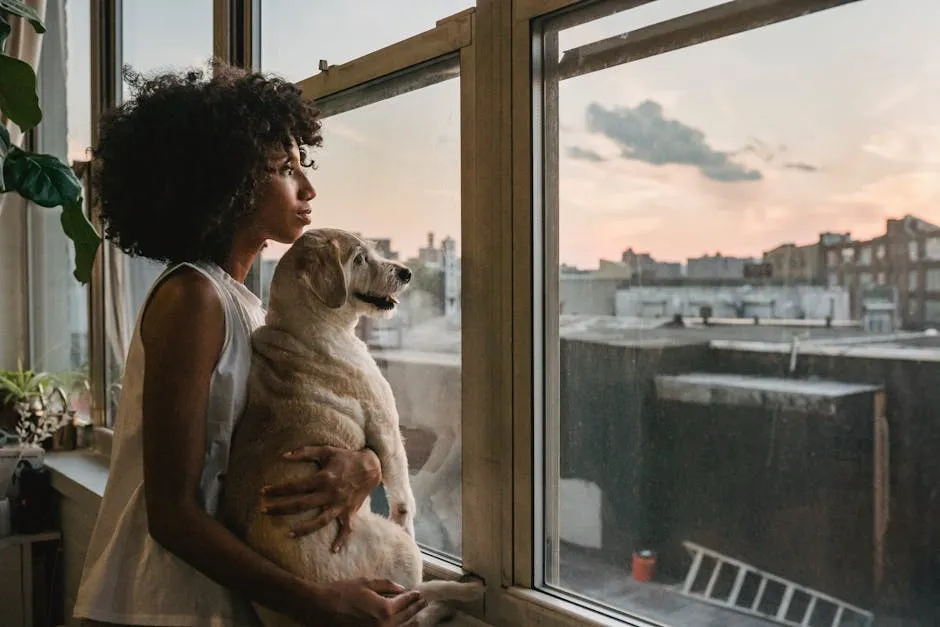
Use Dog-Safe Plants for Scent Exploration
Incorporate dog-safe plants to stimulate their sense of smell. Herbs like basil or mint can serve two purposes: they look great and smell fantastic! Let your dog sniff these plants, turning your home into a fragrant haven. Just ensure that the plants are non-toxic and safe for your canine companion. This not only enriches their environment but also creates an inviting atmosphere for you. Don’t forget to check out Dog-Friendly Plants: Basil Seeds to add some greenery to your dog’s world!
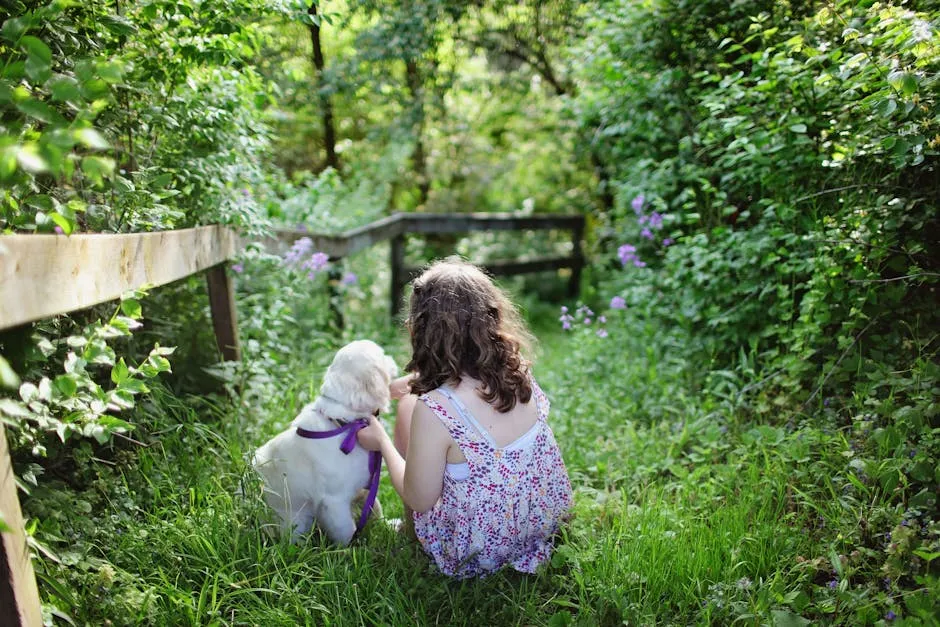
Safety First
When creating a dog-friendly home, safety is paramount. Dog-proofing your space is the first step. Remove or secure household hazards. This includes toxic plants, small objects that could pose choking risks, and electrical cords. Keep cleaning supplies and chemicals out of reach too.
Consider creating a designated safe space for your dog. A cozy corner with a comfortable bed can be their retreat when they need some downtime. Think of it as their own little sanctuary. The PetFusion Ultimate Dog Bed would be a perfect choice for their cozy retreat!
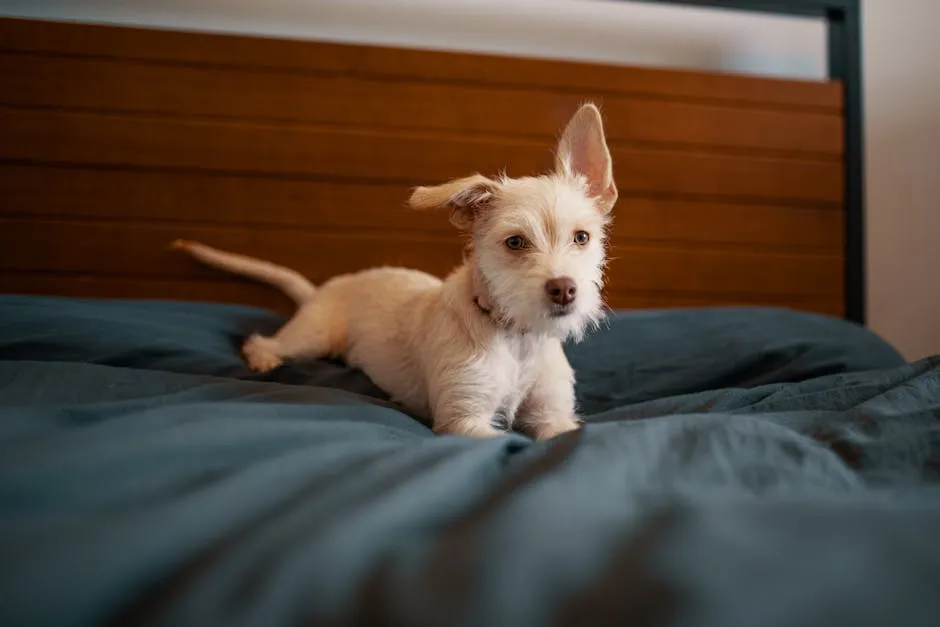
Comfort and Accessibility
Providing comfortable resting areas is crucial. Place soft beds in various rooms so your dog can lounge wherever they feel most relaxed. Ensure these spots are away from high-traffic areas. Also, don’t forget about hydration! Fresh water should be accessible in multiple locations. A well-hydrated dog is a happy dog!
For easy access to water while on the go, consider a Dog Water Bottle with Bowl for those outdoor adventures!
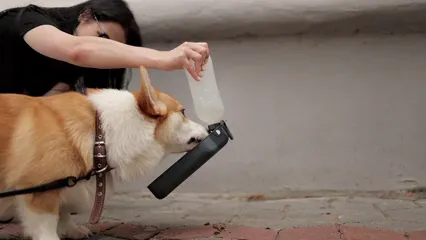
Visual Stimulation
Visual engagement is another essential element of a stimulating environment. Windows are a fantastic source of entertainment. Dogs love to watch the world go by! Set up comfy spots near windows where they can observe birds, squirrels, or passersby.
You can also incorporate mirrors into your decor. Dogs are often fascinated by their reflections. Just make sure they don’t think it’s another dog ready to play! For added fun, consider dog-friendly videos or TV shows that capture their attention. These visual stimuli can keep your pup entertained while you tackle your to-do list.
Creating a dog-friendly home is about meeting your furry friend’s needs while ensuring their safety and comfort. By incorporating environmental enrichment, you’re setting the stage for a happy, engaged dog. So go ahead, let the indoor adventures begin!
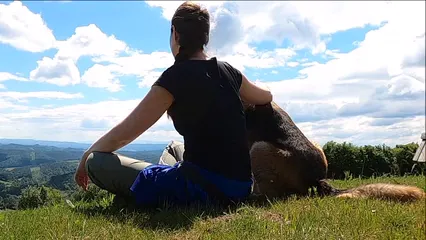
Managing Indoor Space
Creating a stimulating indoor environment for your dog involves thoughtful management of your space. It’s not just about having toys; it’s about creating a dynamic atmosphere that keeps your pup engaged and happy. Here’s how to do it effectively.
Rotating Toys and Activities
Keeping your dog’s environment fresh is crucial. Just like we get bored with the same old routine, dogs can feel the same way about their toys. To prevent boredom, regularly rotate their toys and introduce new activities.
One simple method is to store some toys away for a week or two. When you bring them back out, your dog will be excited as if they are new! Consider mixing in different types of toys: chewables, puzzle toys, and interactive ones. This variety can help stimulate their minds and keep their tails wagging. Don’t forget to include some Dog Chew Toys for Aggressive Chewers to keep them occupied!
Also, try to introduce new activities that require physical engagement. For instance, setting up an indoor scavenger hunt can be thrilling. Hide treats around the house and encourage your dog to sniff them out. It’s like a treasure hunt but with fewer pirates and more tail wags!
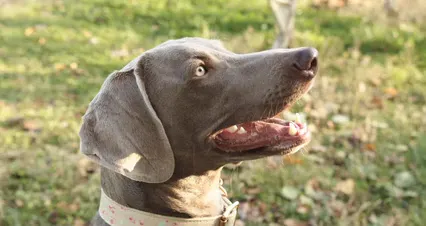
Establishing Routines
Dogs thrive on routine. Establishing a consistent schedule can help them feel secure and reduce anxiety. Regularly scheduled feeding, playtime, and rest periods create a structure that dogs find comforting.
Plan play sessions where you mix various activities: fetch, tug-of-war, or even a little training. This not only keeps your dog active but also helps reinforce good behavior. Incorporating training into your routine means your dog gets mental stimulation while also learning. A Dog Training Clicker could be a great addition to your training sessions!
Don’t forget the importance of rest. Dogs need down time just like we do. Make sure there’s a cozy spot for your pup to nap after some playful antics. This balance between activity and rest is key to a happy dog.
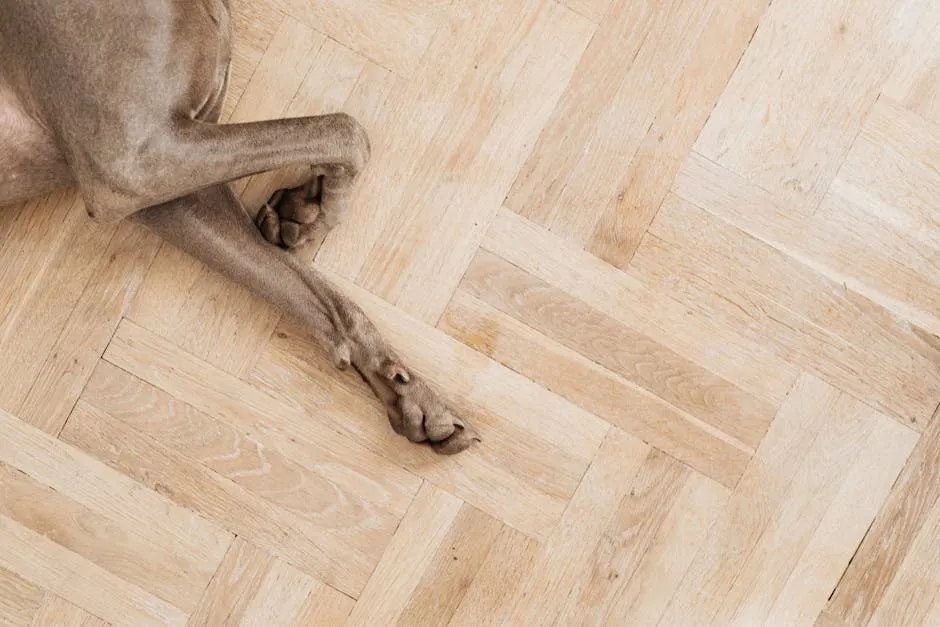
Encouraging Independence
Encouraging your dog to play independently fosters confidence and self-sufficiency. It’s essential for their development and helps prevent separation anxiety. Consider providing toys designed for solo play.
Interactive toys, like treat-dispensing balls, are fantastic for keeping dogs entertained alone. They challenge your dog’s mind and can keep them occupied for quite a while. The Interactive Treat Dispensing Dog Toy is a great way to keep them engaged!
You can also create a ‘puppy zone’ with safe toys and activities that your dog can explore independently. This space should be free of distractions, enabling your dog to engage in self-play without feeling overwhelmed.
By managing indoor space thoughtfully, you’ll create an enriching environment that keeps your dog happy and well-stimulated. This approach not only fosters a joyful home but also contributes to a well-adjusted pup. So, let the indoor adventures begin!
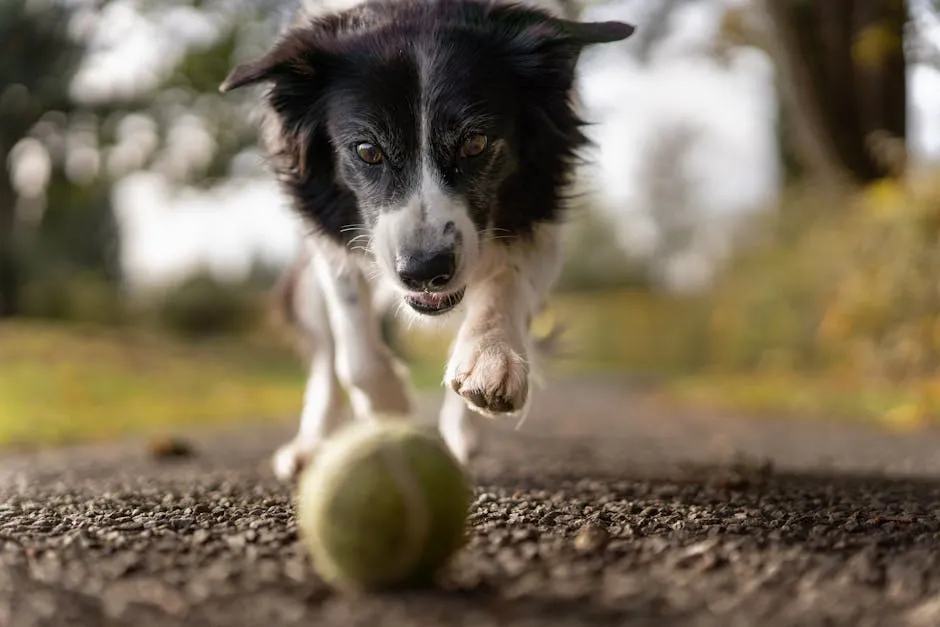
FAQs
What are some signs my dog is bored?
Boredom can manifest in several ways in dogs. If your dog is excessively chewing furniture or digging, it might be signaling that they need more engagement. Common signs include: Restlessness: Pacing or frequently changing positions. Destructive Behavior: Chewing on furniture or stealing shoes. Excessive Barking: Vocalizing more than usual. Seeking Attention: Constantly nudging or pawing you. Lethargy: Lacking enthusiasm for activities they usually enjoy. Recognizing these signs early can help you adjust their environment and activities to keep them engaged and happy.
How often should I change my dog’s toys?
To keep your dog engaged, it’s best to rotate their toys every couple of weeks. This method prevents boredom and keeps their interest piqued. Here’s a simple plan: Weekly Rotation: Change out a few toys each week. Store Away: Put some toys in storage for a while. Introduce New Toys: When bringing them back, your dog will feel like they are brand new! This practice keeps their playtime fresh and exciting, ensuring they remain mentally stimulated.
Can indoor activities replace outdoor exercise?
While indoor activities are excellent for mental stimulation, they shouldn’t completely replace outdoor exercise. Dogs still need physical activity to maintain their health. A balanced routine might look like this: Indoor Play: Engage in games like tug-of-war or fetch. Outdoor Walks: Aim for daily walks, even if they’re short. Mix It Up: Use indoor activities on rainy days or when outdoor play isn’t feasible. This balance ensures your dog gets both mental and physical exercise, promoting overall well-being.
What should I do if my dog is anxious indoors?
To help an anxious dog feel more comfortable indoors, consider these strategies: Create a Safe Space: Designate a cozy area with their bed and toys. Calming Music: Play soft music or nature sounds to soothe them. Interactive Toys: Offer puzzle toys to keep their mind engaged. Routine: Establish a consistent daily schedule for feeding and playtime. These steps can help reduce anxiety and make your dog feel more secure in their environment.
Are there specific toys you recommend for indoor enrichment?
Absolutely! Here are some popular interactive toys that can keep your dog engaged: KONG Classic: Fill it with treats or peanut butter for hours of fun. Nina Ottosson Puzzle Toys: These encourage problem-solving and critical thinking. Snuffle Mats: Great for hiding treats and stimulating their sense of smell. Interactive Treat Dispensers: These keep dogs busy as they work to get their snacks. Each of these toys can provide mental stimulation and help prevent boredom.
How can I involve my kids in creating an enriching environment for our dog?
Involving kids in your dog’s enrichment can be a fun family activity! Here are some ideas: Training Sessions: Teach kids how to train the dog basic commands. It builds confidence in both the dog and child. Create Puzzle Games: Help kids make simple puzzle toys from cardboard tubes or muffin tins. Outdoor Adventures: Include kids in walks or playdates with other dogs. Craft Time: Let the kids design and decorate a special dog play area or a cozy spot for the pet. These activities foster a bond between kids and your furry friend while ensuring the dog remains engaged and happy.
Please let us know what you think about our content by leaving a comment down below!
Thank you for reading till here 🙂
All images from Pexels

